Infographic design has come a long way since the early 2000s. Where we were once drowning in a wave of brightly colored/borderline clipart cartoons, many infographic designers have matured, offering us museum-worthy data visualizations and tasteful illustrations that bring the story to life. (Can we get an amen for that?)
The problem is we see a lot of brands stuck in a creative rut, creating the same types of infographics over and over. While it’s great to have your own style, it’s easy to get stale. And if you want to continue to engage people with quality content, you need to mix it up sometimes. Luckily, if you’re feeling uninspired, we have a few suggestions to help you elevate your infographics, challenge your creativity, and create truly compelling content.
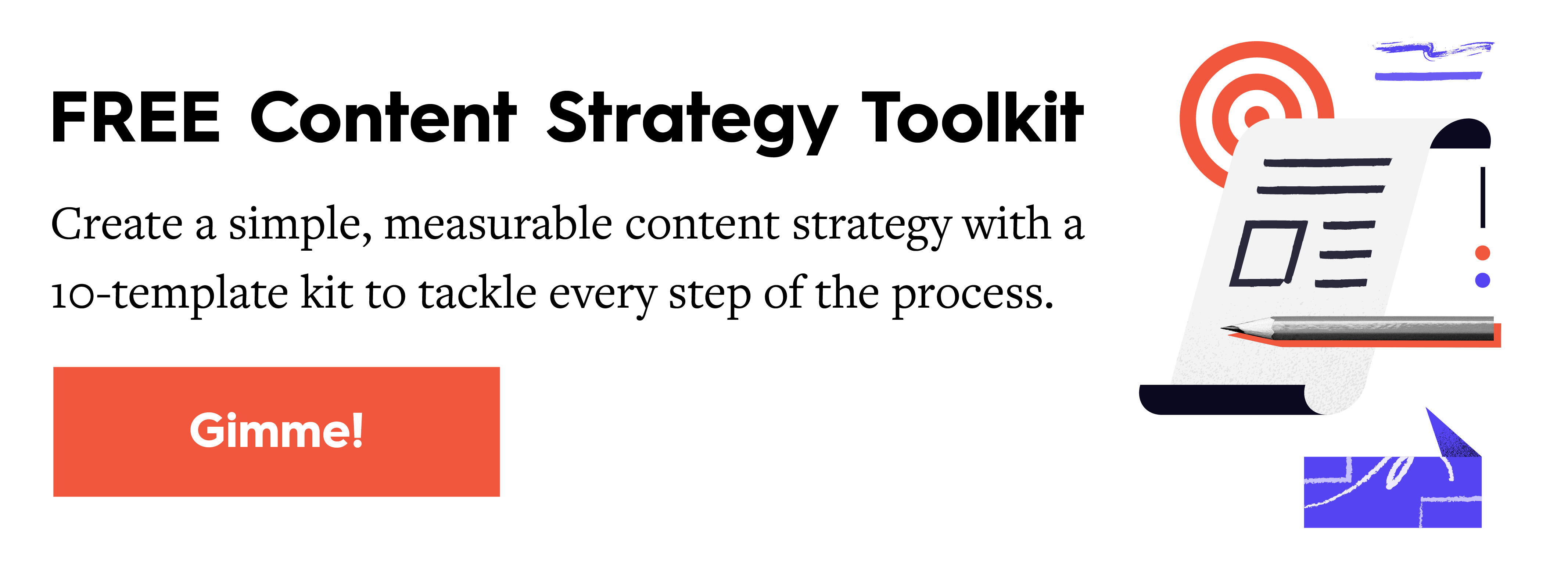 What Makes Good Infographic Design?
What Makes Good Infographic Design?
Just because you slap some pictures and words together doesn’t mean you’ve created a great infographic. Good design is intentional, meant to enhance the viewer’s experience from start to finish. If you’re not sure if your design is up to par, there are three specific questions you can ask.
- Does it support the story? The best infographic design reinforces the core story through every design element—color, type, hierarchy, imagery, etc. When copy and design work symbiotically, you can make a stronger impact on the viewer.
- Are you following best practices? Whether you’re designing detailed data visualizations or a simple graphic for social media, applying strong design principles will help you increase the appeal, comprehension, and retention of the information. Find out how to design common charts and graphs, and how to avoid the most common mistakes in infographic design.
- Does it reflect your brand? Good branded content is consistent and easy to identify. Just because you mix up your design style doesn’t mean you have to stray from your core brand identity. Find out how to make sure your infographics stick to your visual language.
No matter what design style you experiment with, you need to hit all three. But that doesn’t mean you have to limit yourself. There are all sorts of creative ways to transform your infographics from simple numbers to beautiful pieces of content.
How to Mix Up Your Infographic Design
If you’re ready to challenge yourself creatively, here are seven great examples of infographic design to inspire you.
1) Line Art
Great for: Clean data visualization, simple illustrations
The number one rule for infographic design (and all content marketing, really) is that it’s always better to do something small well than something elaborate half-assed. In a world of bright colors and elaborate data visualization, a simple line art infographic can be a refreshing change of pace. If you are creating a small infographic series, telling a straightforward story, or trying to keep focus on data visualization, this old-school technique is a great option.
Example: This infographic design for Number26 features simple visuals that tell the story of the company’s first year.
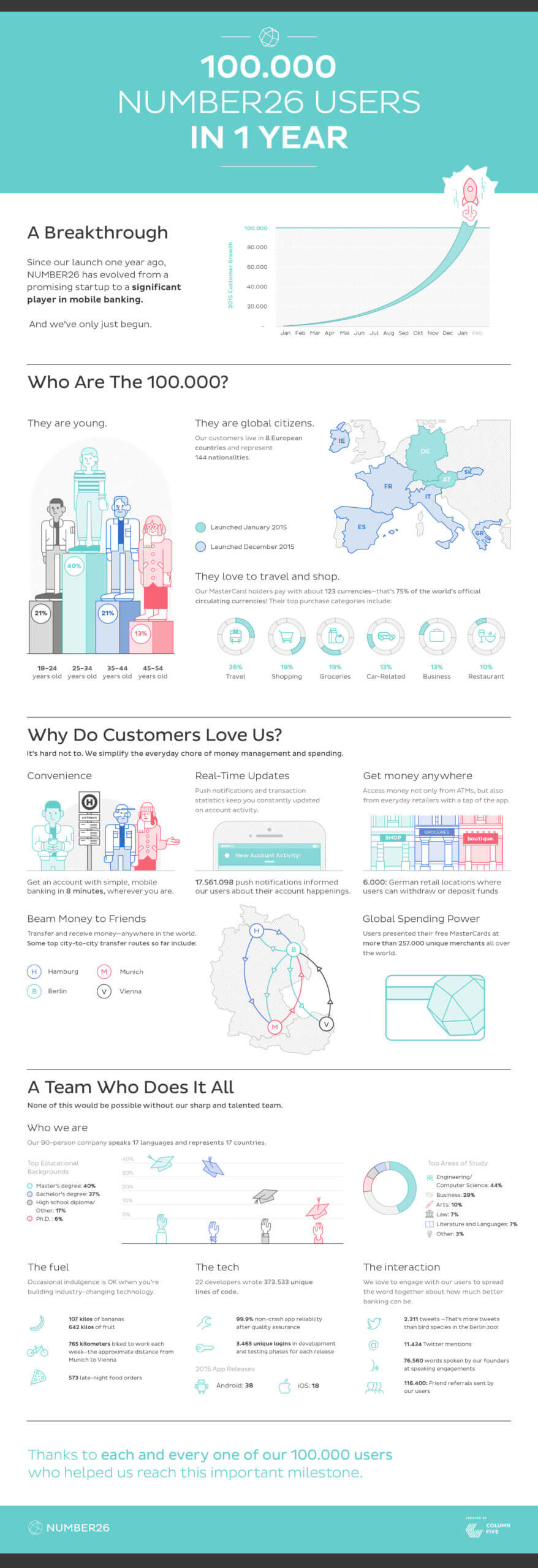
2) Photography
Great for: Adding human emotion, data visualization
Humans emotionally respond to other humans, so including photography that features people can be a nice way to help the viewer connect or empathize. But photography doesn’t always have to feature humans. In fact, it can be a great way to add depth and texture to a design, especially when incorporated into data visualizations.
Example: We collaborated with LinkedIn to create a photo-heavy infographic visualizing the perfect content marketing mix. Using food as a metaphor, we brought the concept to life through engaging (and mouth-watering) food photography.

3) Illustration
Great for: Character depiction, conveying abstract concepts or themes
There’s a reason illustration is so popular. You can let your imagination run wild and create any world or theme you want, which is a great benefit when you want to stretch your creativity. It allows you to flex your skills, experiment with different illustration styles, and bring characters to life. A warning, however, that characters can be the hardest thing to draw. If you’re a little rusty, go for simplicity (see: line art).
Example: As part of an ongoing series for Course Hero, we used heavily illustrated infographics to break down famous literary works. For this infographic, featuring The Iliad, our illustrations were inspired by Grecian art, reflecting the story through aesthetics.

4) Tactile Data Visualization
Great for: Bringing data stories to life more impactfully
Data visualization is great because it can help you “see” numbers more clearly. Unfortunately, designers often miss out on the chance to really enhance data stories because they are too focused on crafting the same old boring charts and graphs. While there isn’t anything inherently wrong with that, crafting data visualizations with real-world objects, then using creation tools (photography, animation) to bring them to life is a slam dunk.
Example: We collaborated with Turbo Tax to explore cigarette tax. Using the physical objects to visualize the data made for a more powerful piece.

5) Isometric Design
Great for: Adding depth, visualizing ecosystems and structures
With isometric illustration you’re dipping your toes in the 3D world, letting you experiment with depth and perspective in a way that isn’t possible with traditional 2D illustration. This helps you create a richer visual experience that can be a great treat for the viewer. That said, isometric data visualization is generally not recommended because it can misrepresent the data.
Example: This Lucidworks infographic uses isometric illustrations combined with 2D visualization to support the core story: bias in data science.

6) Animation
Great for: Social content, blog content, any opportunity where you need to grab attention
One of the best things about the evolution of publishing platforms (and infographics themselves) is that infoGIFS (aka animated infographics) can be published anywhere and everywhere. This brings infographic design to the next level, letting you create eye-catching pieces that add another layer of storytelling to your content.
Example: We helped Incapsula bring survey data to life through an animated infographic that gives a behind-the-scenes look at a website.

7) Explorative Design
Good for: Detailed data, decision-making content
Guiding your readers through your infographic design in a logical flow makes sense, but not all infographics require that prescriptive storytelling. Things like a detailed flow chart or detailed static visualization provide a unique experience, where the viewer gets to explore the info they’re most interested or navigate through the content based on their answers or goals.
Example: This Star Wars-themed infographic explores the universe’s best vacation spots through a detailed flowchart and plenty of isometric illustrations.
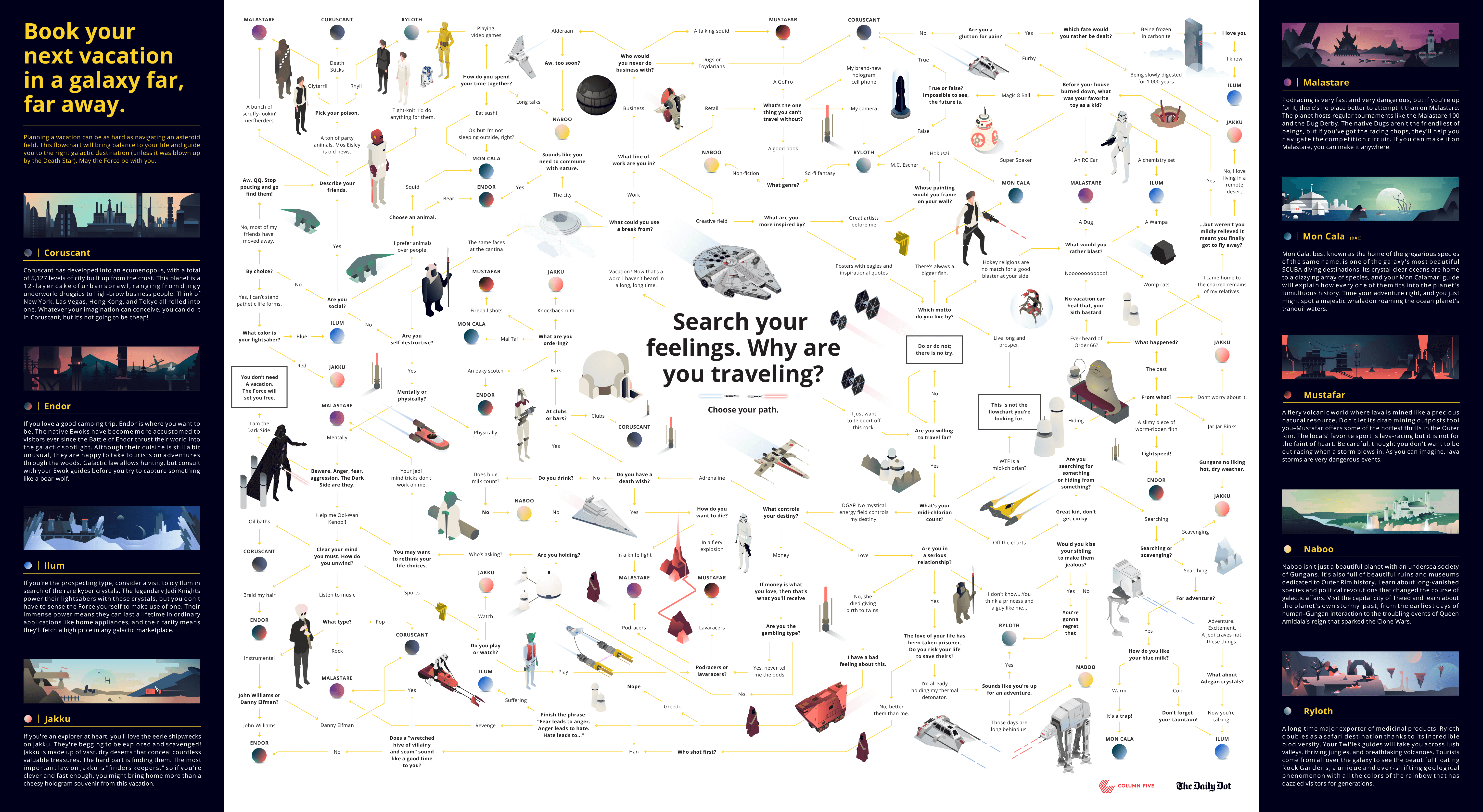
How to Improve Your Infographic Design
To stay ahead of the curve, experimenting with your content—both in the type you make and how you present it—is crucial. If you’re looking for more tips to mix it up…
- Try these 16 ways to come up with great infographic ideas.
- Follow data visualization design best practices.
- Get our best tips for making great infographics (based on the 4,000 we’ve made).
- See 9 infographic design examples that will leave you inspired.
If you still need a little help with your infographic design, we’d love to work together.


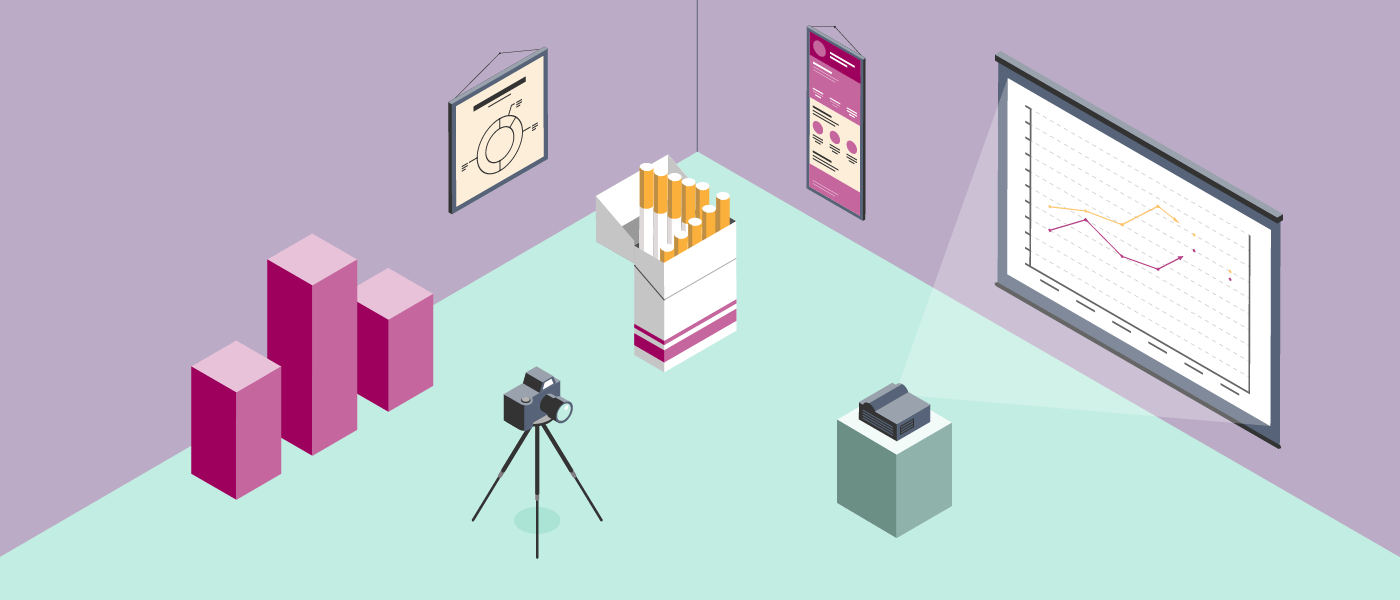
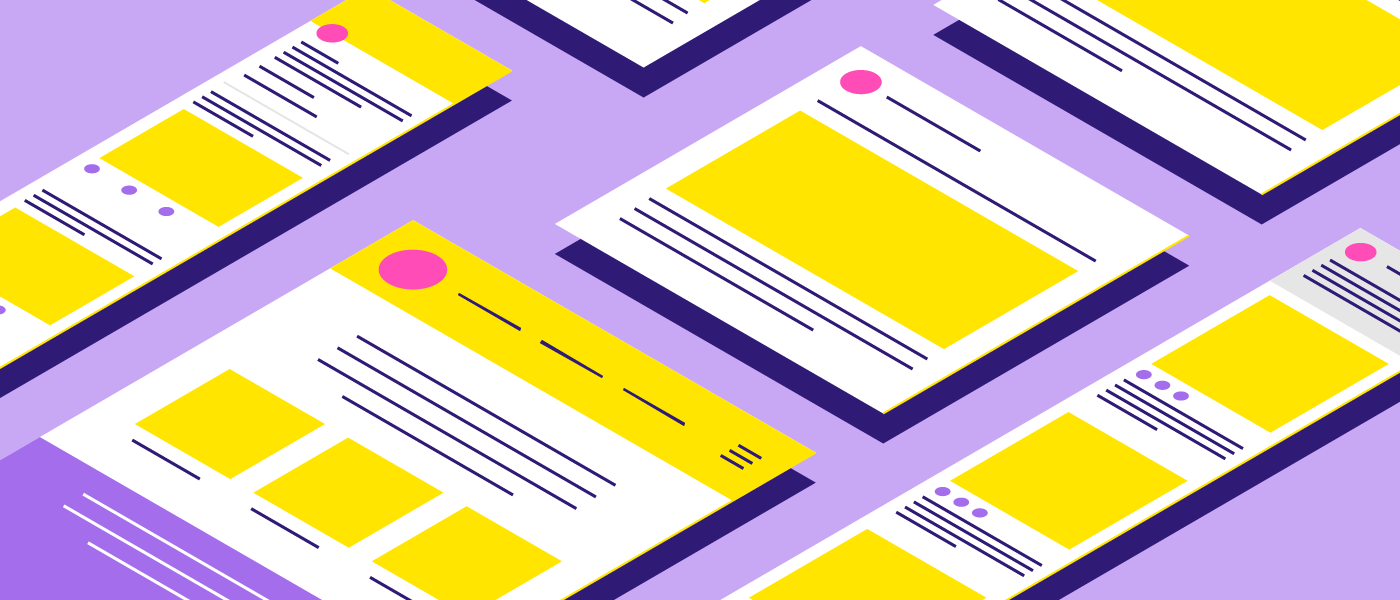
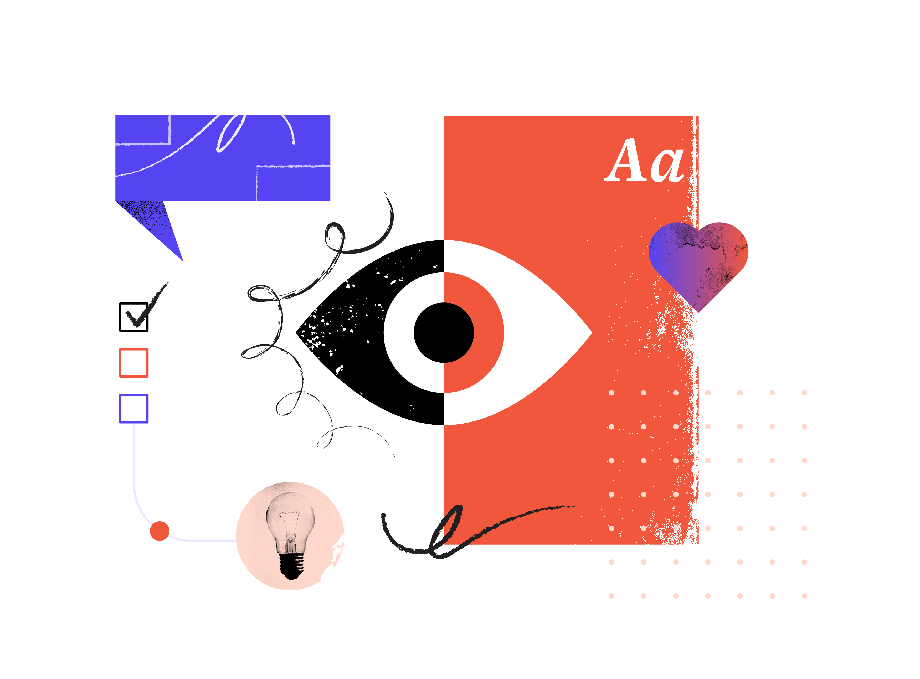

Everything is very open with a precise explanation of the challenges. It was definitely informative. Your site is useful. Many thanks for sharing.